Which teas should you use for making homemade kombucha? And which teas should you avoid? Breaking down the best tea for kombucha here!

Homemade kombucha basically has just four ingredients: tea, water, sugar, and starter kombucha. This means it’s vital that you use good quality, proper ingredients when starting your fermentation.
So in addition to making sure that the tap water in your area is good for kombucha and that you’re using the right sugar, make sure you’re using a tea that your kombucha and SCOBY will thrive on!
What is tea?
With tea easily being the most popular drink in the world, there are thousands of varieties of tea and they all seem to boil down to a common trait – plants soaked in hot water.
When people are talking about tea, however, they’re usually talking about the tea plant known as camellia sinensis. This is the plant that gives us black, green, white, and oolong tea.
This popular tea also happens to be the tea that your kombucha SCOBY loves! While sugar provides energy for the yeast to eat, the tea provides minerals that the bacteria and yeast need (more on how a SCOBY works here). Ensuring you use the correct tea for your kombucha will create a healthy SCOBY that will continue churning out batches for years to come.
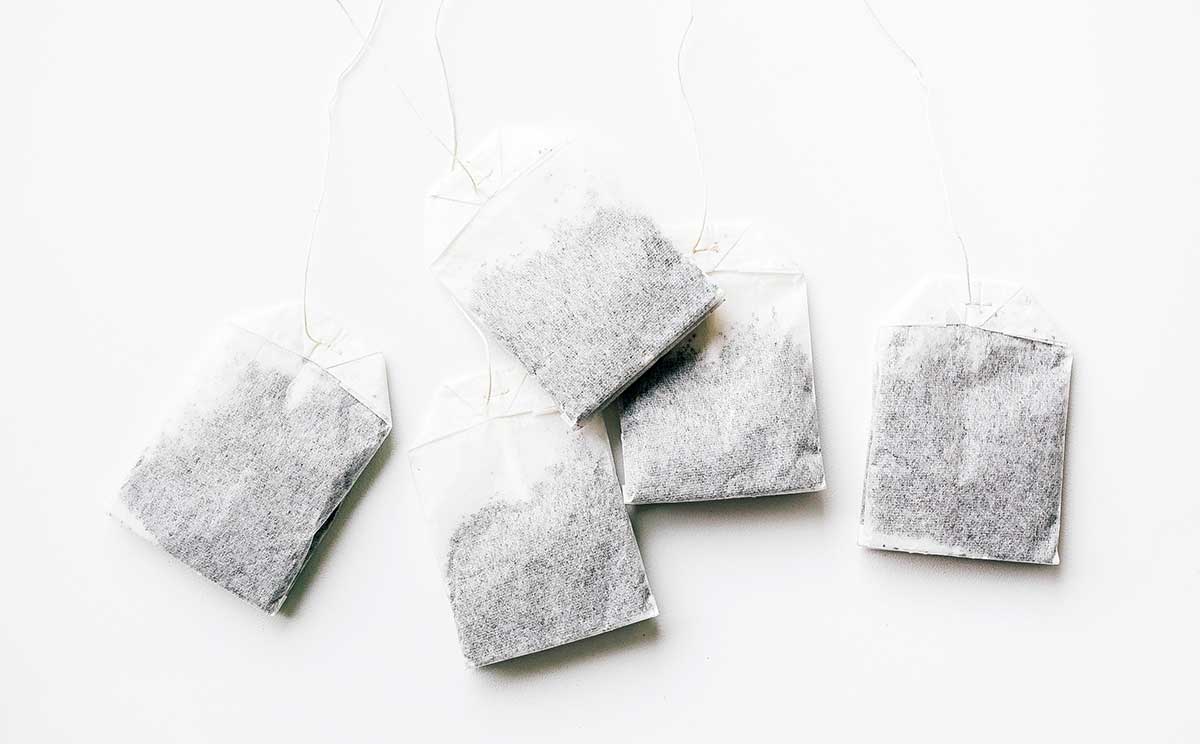
Best tea for making kombucha
Black Tea: Tea leaves that have been oxidized for a long time (longer than green or oolong teas), creating a strong flavor. Common types of black tea that work well in kombucha include Ceylon and English Breakfast (avoid Earl Grey, see “tea to avoid” below). When growing a SCOBY, only use black tea. Once your SCOBY has been through 4 or 5 batches, you can begin introducing other teas.
Green Tea: Tea leaves that have been minimally oxidized, creating a mild earthy flavor. Use green tea in combination with another tea or on its own. (Our guide to types of green tea leaves here!)
Oolong Tea: Tea leaves that have been partially oxidized (more than green tea but less than black tea), creating a mild grassy to fruity flavor. Use oolong tea in combination with another tea or on its own.
White Tea: While black, green, and oolong teas are made from mature tea leaves, white tea is made from the young leaves and is minimally oxidized. This creates a delicate flavor and light color. Use white tea in combination with black, green, or oolong tea (at least 25% of mature tea leaves)
Some Herbal Teas: “Herbal tea” is a catch-all term that includes any tea not made from tea plant leaves. Herbal teas can be made from herbs, spices, or plants. While most herbal teas are not suitable for fermentation, there are a few that are suited for kombucha:
- Rooibos Tea: Made from the leaves of a South African shrub, this is a different species of tea, giving an earthy flavor to kombucha. Use rooibus tea in combination with black tea (at least 25% black tea).
- Hibiscus Tea: Made from the dried flowers of the hibiscus plant, this bright pink kombucha has a tart, floral flavor. Use hibiscus tea in combination with another tea or on its own.
- Butterfly Pea Flowers: Made from the dried flowers of the butterfly pea plant, this bright blue/purple kombucha has a floral, slightly earthy flavor. Use butterfly pea flower tea in combination with another tea or on its own.
But don’t let that stop you…
Many of our readers have experimented to with different types of tea with much success! Like Jennifer, who comments: “Hi Sarah. I made a batch of F1 using 2 tbsp Blackcurrant loose leaf tea and 8 black tea bags. I was amazing. I’m just waiting for a second batch to be ready in a day or so!” Comment with your favorite tea for kombucha below!
Cold-brewed tea also works well for brewing kombucha! Here’s how to cold brew tea at home.
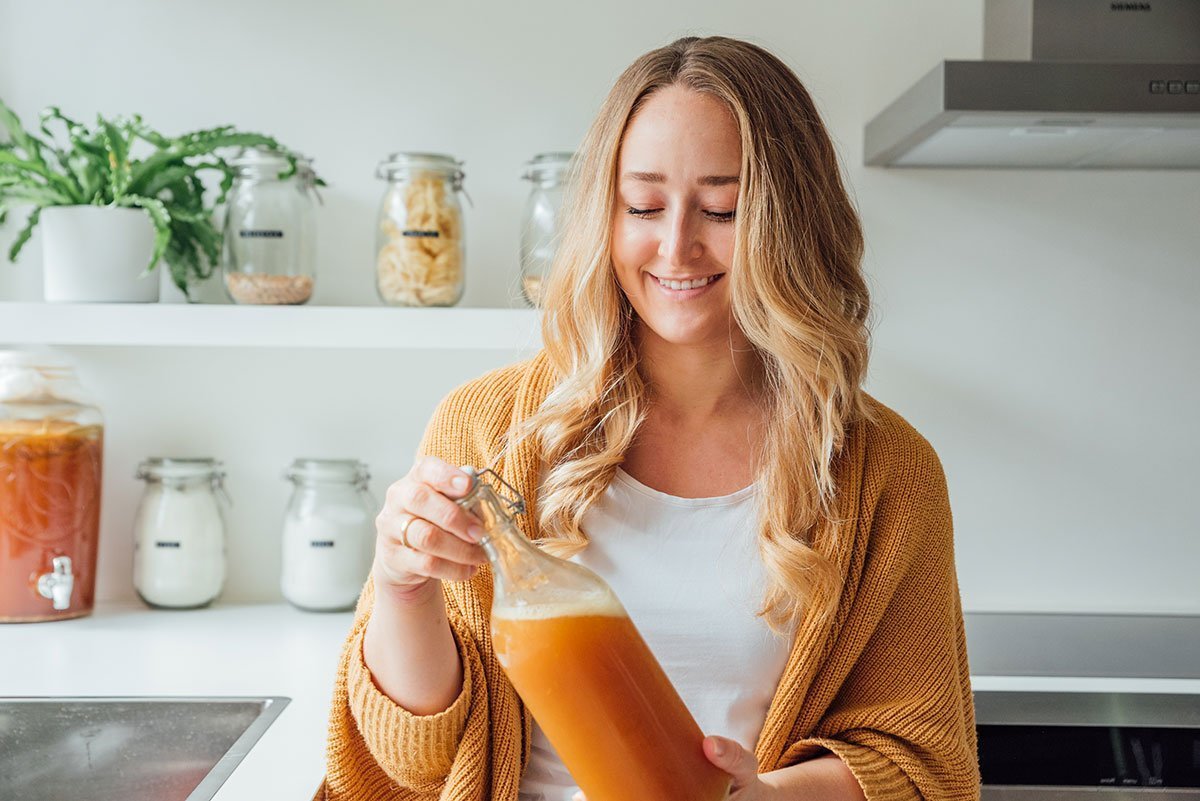
Tea to avoid when making kombucha
Most Herbal Teas: Most herbal teas are not suitable for brewing kombucha, as they don’t have the nutrients needed for your fermentation to thrive (and can actually lead to kombucha mold!)
Tea with added flavor: Many teas contain not only tea leaves, but the addition of spices or oils. Avoid tea that has anything added, as it can react with the kombucha and cause your fermentation to go bad. Examples of tea with added ingredients include:
- Earl Grey: Avoid this black tea variety, which has added bergamot oil.
- Chai: Avoid this black tea variety, which has added spices.
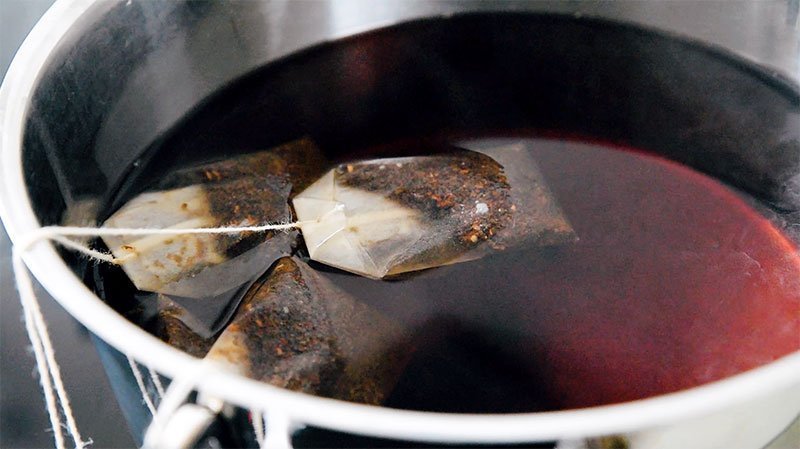
Can you use Loose leaf?
You can use loose leaf tea to make kombucha! For every 4 bags of tea used in the kombucha recipe, substitute 1 Tbsp of loose leaf tea.

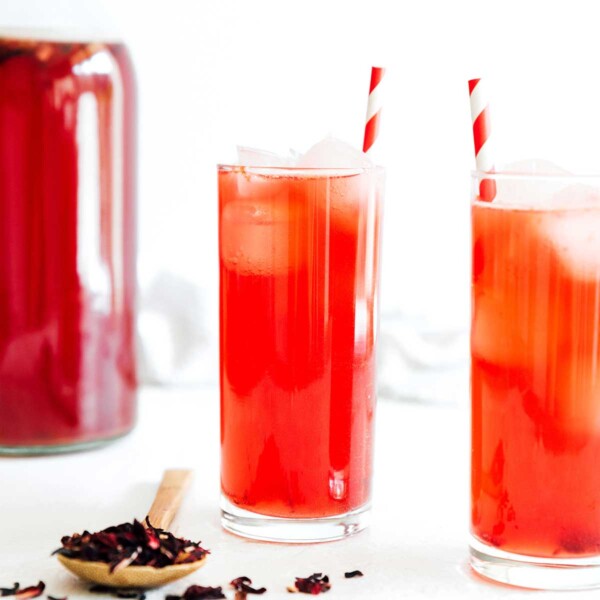
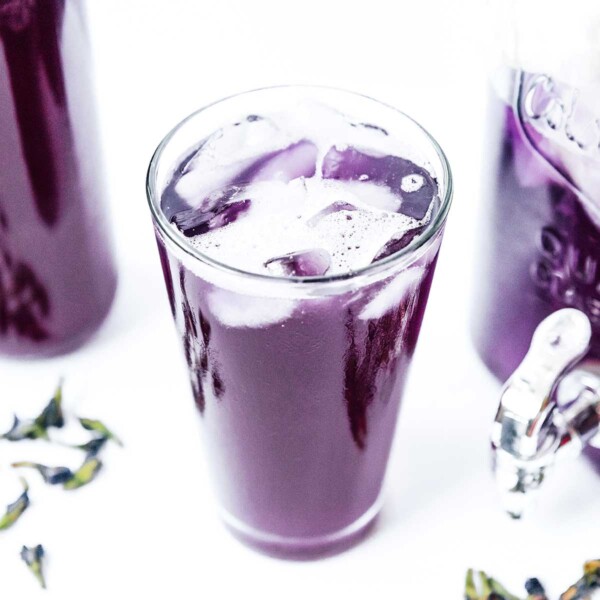

Hello,
Just a note on tea bags. Check the bag is not made using plastic. I drink Yorkshire tea here in the UK, plastic free.
If I used 1/2 English Breakfast and 1/2 Chai tea, do i need to toss it all?? It developed a SCOBY, but since this is only my third batch, still hard to totally tell if SCOBY has mold or not, even with researching SCOBY galleries online. Some areas are more light gray than tan. Also, if a batch is not carbonated enough, do i just add a little more sugar or agave to each bottle and wait a few days?
I would probably throw away a batch made with chai tea, but you’re welcome to post a photo in our Facebook Group for some brewer opinions! And yep, add a bit more sugar and seal shut for a few days!
Has anyone tried using fresh (deied) papaya or paw paw leaves in Kombuca?
I haven’t tried that!
I literally just started making Kombucha, have made one batch and my second batch is now fermenting. I like my tea a little stronger. So instead of 3 TBSP/Gallon, I used 3 heaping TBSP (1-Tbsp Eng Break, 2-Tbsp Oolong). Will too strong of tea harm my SCOBY?
Nope that small change should be fine! 😀
I have recently entered the Kombucha home game and sampled my first bottle this morning. By mistake, I bought Earl Grey black tea and used it to make my SCOBY. It turned out great and this was my first try. It did take quite a long time to get an acceptable SCOBY…about 6 weeks. However, this may have been due to the temp in our house during winter which was between 68-71F. Nonetheless, the SCOBY ended up pretty big and after 3 days on 2nd fermentation, I tasted my lemon-ginger bottle this morning. The taste was quite good, but a tad sweet and not quite as fizzy as I would like. I have it out and will let it ferment for another 2 days or so to ferment more sugar out and increase fizziness. I have another 2 bottles which I will continue to ferment and taste later.
Interested to know how you got the lemon ginger flavor… from a tea or fresh ingredients?
Hi. I’m using loose leaf Darjeeling tea and wondered if I could use the leaves for two batches or have to use fresh leaves each time? Thanks
I would recommend using fresh tea each time 😀
What about using Jasmine tea?
I haven’t tried this so I can’t say for sure, but I think 50/50 with green tea would work! 😀
I have used green tea with jasmine – I like the flavour – I had no problems – yum !
I use aged, fermented Pur (Chinese compressed) tea. It’s a rich, flavorful tea that is nutritious in its own right. I LOVE the flavor. It’s bold and rich. I think it has an amazing mouth feel. I have been toying with using some Japanese green tree with it as a blend.
This is excellent, resourceful information. Thank you, to all!
Oh no! I made a batch of kombucha with genmaicha (green tea with roasted rice) because the friend I got the scoby from said I could use “anything”. I knew I should have done my homework! I think it’s okay – it smells fine, very genmaicha-ish. But I will give it a few batches of good black tea before I try any more experiments. ????
Ah, it should be fine though! I would just take it out and plop her in some black tea instead 😀
Hi I just bout a Scoby , and it recommends using green tea. I´m not sure if I should just follow the instructions given or listen to the sage advice of all you seasoned Kombutchiens. I am tempted to use a black loose leaf as mentioned by Tom, but I am concerned that this Scoby requires green tea, as that is what it has been made with originally. After eagerly having waited for its arrival I am feeling eager, and don´t want to mess it up.
Any thoughts on the matter?
Hi Emmy! While black tea shouldn’t be a problem, I would just follow the SCOBY instructions and make your first batch with green to be safe, if that’s what the makers of it are instructing 😀